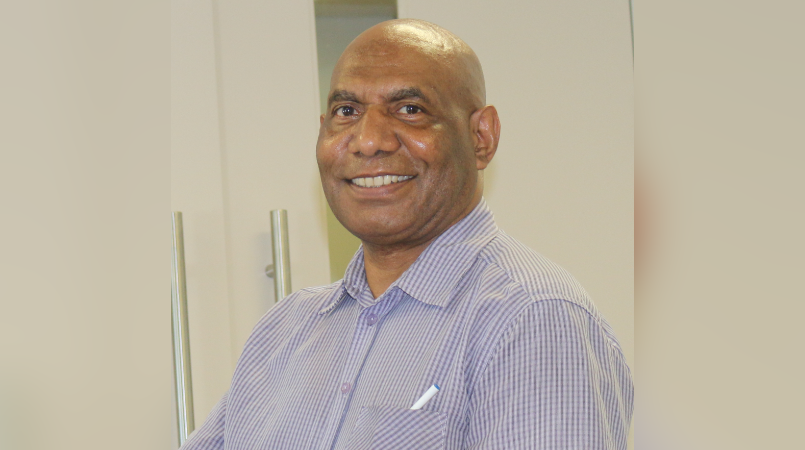
More than K60 billion in tax will be injected into Government coffers from the PNG LNG Project.
The PNG Extractive Industries Transparency Initiative (EITI) 2014 Report states that the 30 year lifespan of the PNG LNG Project will contribute K67 billion in taxes in addition to dividends from its equity in the Project.
The Government has 16.8 percent stake in the PNG LNG project, managed by Kumul Petroleum Holdings Limited (KPHL), of which 2.8 percent is managed by the Mineral Resource Development Company on behalf of the landowners.
In a statement, the PNG EITI says the PNG LNG project is expected to deliver social and economic benefits to PNG due to its scale and coverage.
Direct benefits include revenue streams for national and provincial governments and landowners through taxes, royalty payments, levies and through equity participation in the project.
PNG EITI Head of National Secretariat, Lucas Alkan, says the benefits to the economy from the PNG LNG and other existing mining and petroleum investments are just amazing.
“One can picture what the Papua New Guinea society will look like in the near future if such wealth is translated well into tangible developments underpinned by transparency and accountability.
“Projects that are under the pipeline like Wafi-Golpu Mine, Frieda Mine, Papua LNG, the extension of the PNG LNG and others will pour more into government coffers in the not too distant future,” said Alkan.
“We strongly believe our (EITI) presence in the country is timely and we hope to do our part by promoting transparency and accountability in the industry through our annual EITI report and associated activities.
“And of course, support from all stakeholders is important to achieve EITI goals,” Alkan added.
The report however, indicated that falling LNG prices had already impacted project returns, “with some commentators suggesting that the potential shortfall in revenue from the PNG LNG project could have adverse impacts on the government’s financial position.”
